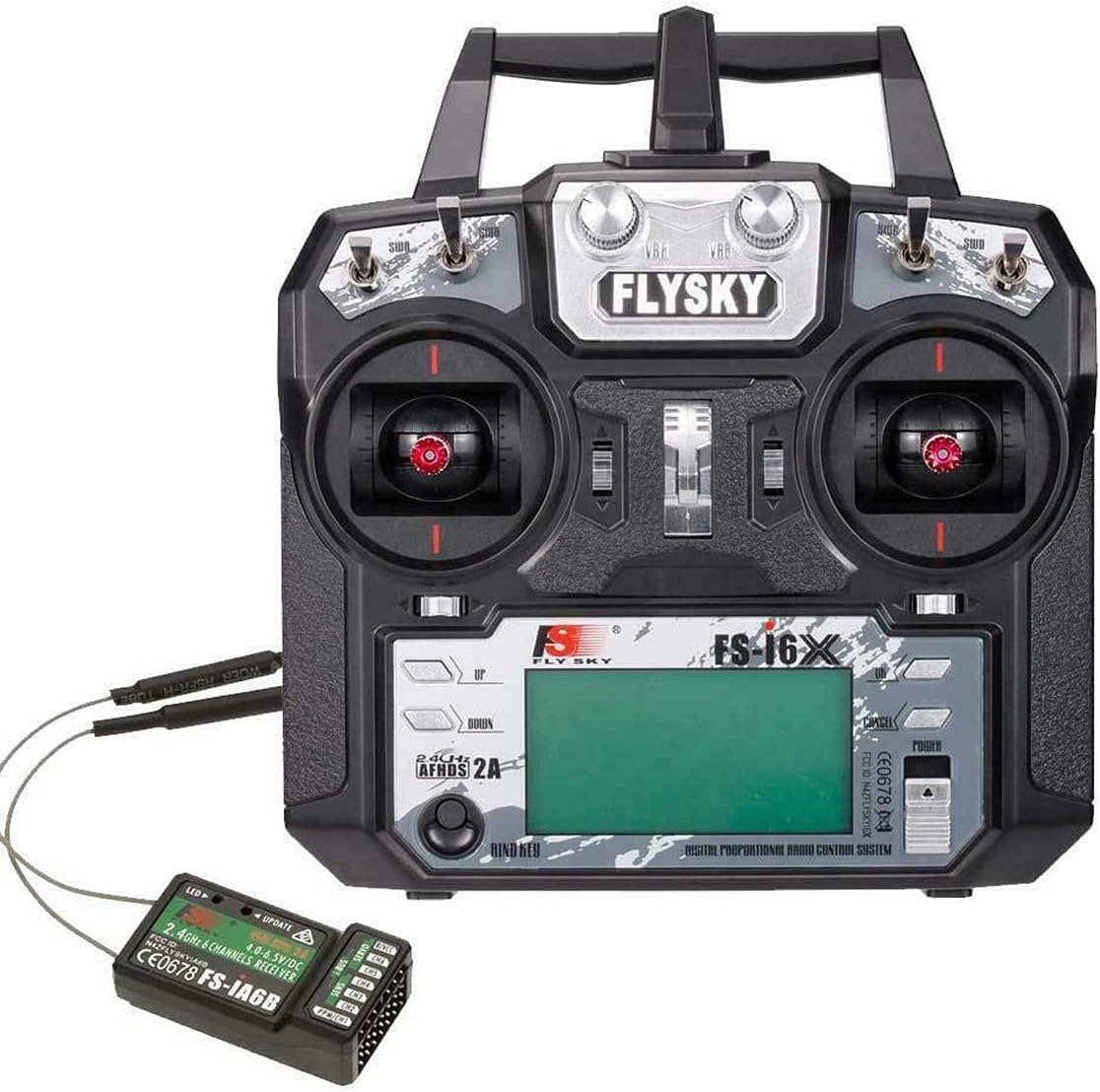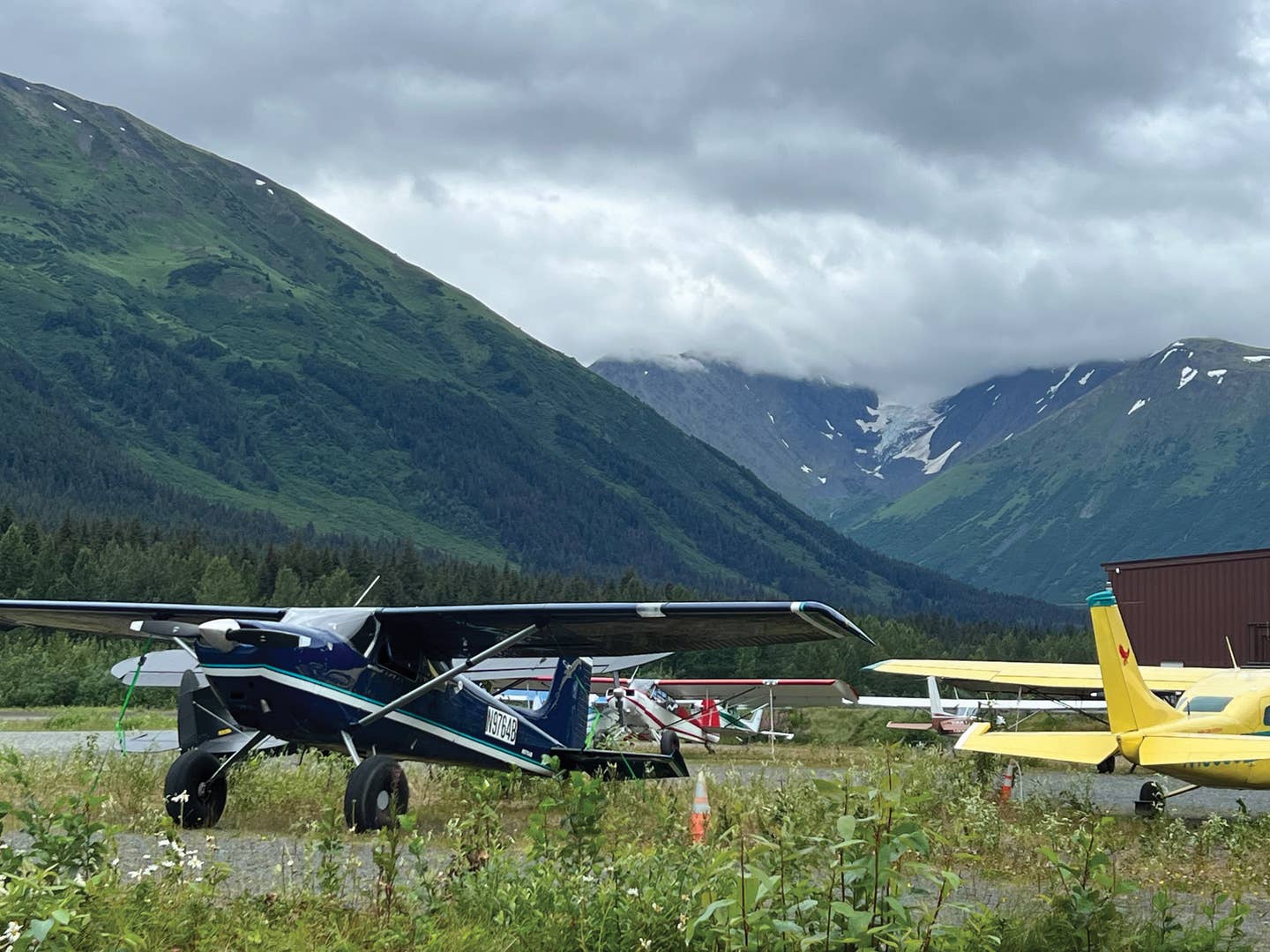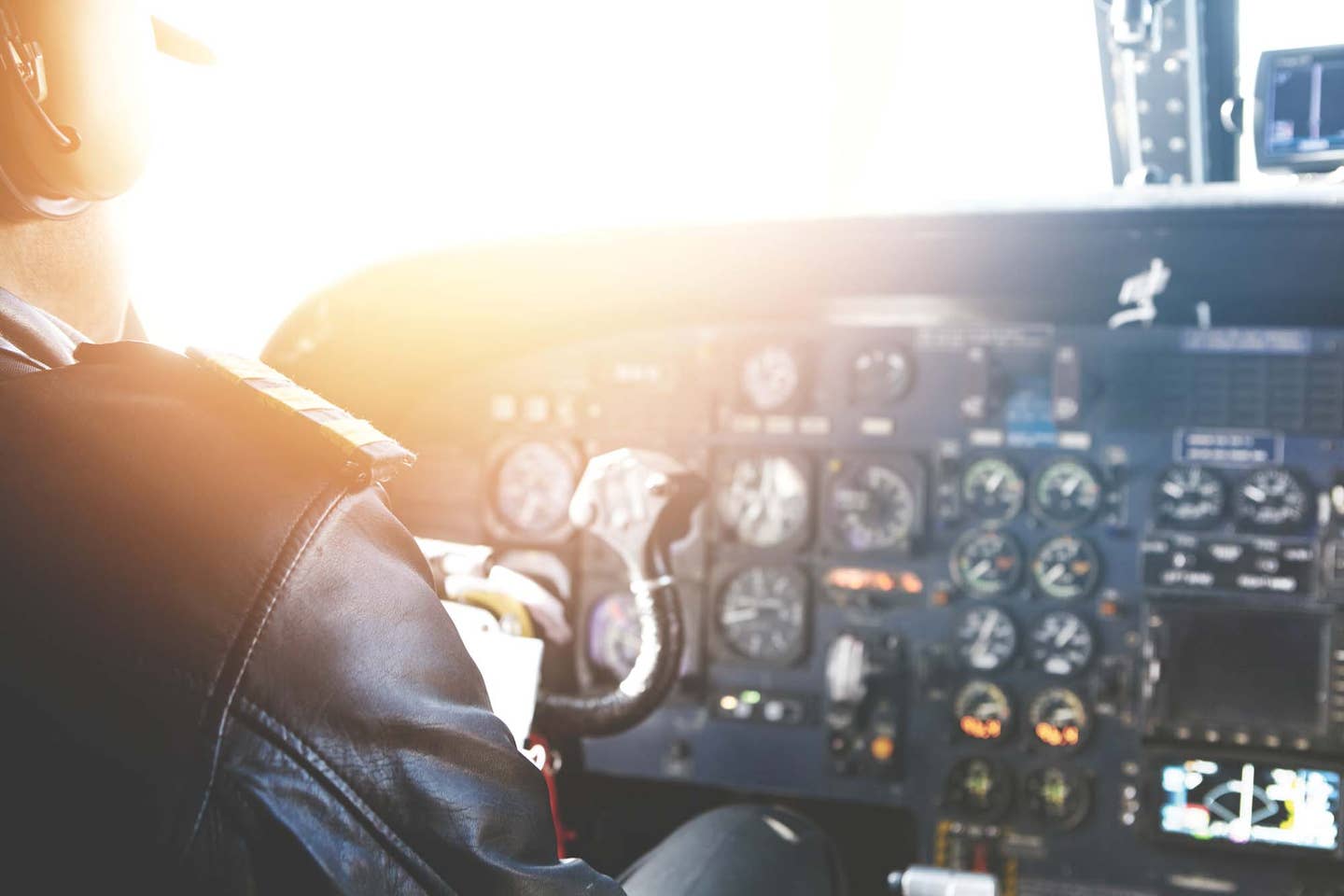2016 Light-Sport Aircraft: LSA Choices Galore
A divide-and-conquer approach
 Flight Design CTLS |
A decade after light-sport aircraft burst on the aviation scene, the array of brands, models and configurations is simply amazing. A nascent industry announced more than one new every month since the regulation was introduced. So many choices are available that it becomes a lengthy research project to sort through them. Virtually every pilot interest in aircraft is addressed, provided you can be satisfied within FAA-defined parameters of speed and seat count.
The old military tactic of divide and conquer can help winnow the field. This isn't to pass judgment on any aircraft not included, but to demonstrate the most popular choices, while yet heralding the wide spectrum of flying machines.
To narrow your choices from bewildering to reasonable, I'll reference the best-sellers and some of the most intriguing specialty aircraft, while also hinting at future offerings. Short of consuming the entire magazine, it's impossible to cover every model. So, with a sincere apology to those not mentioned, I present a broad selection.
Two points of clarification as we get started: (1) Light-Sport Aircraft is a specific FAA category. A kit airplane or vintage certified model that meets the FAA parameters can be flown with a Sport Pilot ticket (or higher) with no need for a medical, however, those aircraft are officially not Light-Sport; and, (2) A Sport Pilot certificate has limitations but those don't apply to the Light-Sport Aircraft. These points represent common misunderstandings. What we'll discuss are factory-manufactured aircraft in the LSA category.
The 80/20 Rule In Light-Sport
A chart I've maintained since light sport arrived tracks the ongoing market share of 136 models in this sector. It shows the top 20 brands represent 85% of all models that have ever been registered with the FAA. The remaining 76 brands include 11 that have ceased operation or are no longer available, plus a handful that are not currently represented in the U.S. The market is fluid and global, so a brand that loses U.S. presence can return fairly easily under new management. (See the sidebar for more on the international nature of light sport.)
Flight Design CTLS (Germany). Sitting atop the market share list since Day One, Flight Design's latest model is the CTLSi, the last letter identifying its fuel-injected 912 iS Sport engine from the Rotax brand (flyrotax.com) that lifts some 75% or more of the worldwide LSA fleet. CTLSi is a 98% carbon-fiber speedster that's 10 inches wider than a Cessna 172. All are equipped with an airframe parachute and perform near the top of the category with a range of 1,000 miles. www.flightdesignusa.com
CubCrafters Carbon Cub (USA). For the last few years, CubCrafters has set the delivery pace for all brands (at around 50 a year). Beautifully constructed, Carbon Cub looks like its Piper namesake, but this modern version is far more sophisticated. For example, its name comes from many carbon-fiber elements used to keep weight within parameters, but also to provide a highly finished appearance to this powerful machine that's commonly sold with a 180 hp Titan engine. www.cubcrafters.com
Czech Sport Aircraft SportCruiser (Czech). General aviation pilots paid increased attention to this model when it was called the PiperSport for one year. Although they sold well, the legacy company withdrew. However, the low-wing all-metal airplane has continued to attract customers and satisfy pilots with good cross-country speed yet very low stall speed amid excellent comfort. The interior is voluminous, and gear needed at your destination can be carried in wing lockers. SportCruiser is one of the most recognized models in the LSA fleet. www.ussportaircraft.com
 Legend Cub |
American Legend Cub (several models; USA). Americans' love affair with tandem yellow taildraggers has lifted another company to near the top of the chart. Legend is an all-American Texas enterprise that offers several models powered with engines from Continental and Lycoming to include work on the new diesel from Superior. Most sales are for fully built Special LSA models, but a kit version called the Texas Sport is available. You can also get an amphibious float version and all have reasonable price points. www.legend.aero
Tecnam (several models; Italy). Viewed with a global perspective, the Italian company is the largest seller, with numbers that rival the largest GA producers. Tecnam has several LSA models, notably their newest low-wing Astore, but also some handsome high-wing aircraft. Tecnam isn't only one of the oldest companies, dating to 1948, but has the widest range in the light aviation world to include a type-certified four-seater and twin-Rotax aircraft. Their size allows them to offer a 10% down purchase program with no balance payment until the aircraft is in the U.S. and ready to deliver. www.tecnam.net
Jabiru J230 (Australia/USA). Only one company in the light-sport world offers both the airframe and engine from the same brand. To provide ÃÃa speedy cruise, Jabiru's J230 uses the smooth-running six-cylinder 120 hp Jabiru 3300 on the front of an aircraft sold as a kit four- seater in its home country of Australia. This explains its huge cabin volume and a rare three-door entry design. American company Jabiru USA is based in Shelbyville, Tenn., where it assembles kits from down under. www.usjabiru.com
Evektor Harmony (Czech). The very first light sport to earn FAA acceptance was Evektor's Sportstar. This Czech enterprise, a large company of engineers that also does work in fields such as automobiles, now offers the very sophisticated Harmony that's more GA-like than many light-sport aircraft. Harmony, with its compound all-metal wings, is smooth, comfortable and well-equipped. Like Tecnam, Evektor also has the four-seat Cobra and EV-55, a twin-turbine nine-passenger aircraft. www.evektor.com
 Aerotrek A240 |
Aerotrek A220 & A240 (Czech). Some lament the cost of some light-sport aircraft where prices can approach or even exceed $200,000 but Aerotrek has almost single-handedly proven it doesn't have to be that way. The Indiana-based importer has earned a strong reputation as a trustworthy supplier of tricycle gear or taildragger models that are wonderfully well finished for prices under $90,000 with most equipment pilots seek. Aerotrek is produced in Eastern Europe, but many components are American sourced and well supported in the USA. www.aerotrek.aero
Van's Aircraft / Synergy Air RV-12 (USA). Doesn't everybody know Van's Aircraft, the iconic producer of the most popular kit-built aircraft in the world? A company that has some of the most admired designs now offers their LSA version, the RV-12, as a ready-to-fly model through a partnership with Synergy Air. This handsome all-metal design flies as brilliantly as all the other RVs and is available well equipped for around $125,000, making it affordable for many, and no homebuilding is required (though a kit version is available). www.vansaircraft.com
 Super Petrel LS |
Pipistrel (several models; Italy). Pipistrel designs are so efficient that three times they've won a NASA prize (the last for $1.3 million!). All models directly or somewhat look like sailplanes, with graceful, aerodynamically efficient lines and long, slender, shapely wings. As you might expect, they fly with equal efficiency using very little fuel and are capable of soaring for hours, or cruising cross-country for hundreds of miles. Some models are sold in the U.S. as motorgliders, which also require no medical. www.pipistrel.eu
 Rans S19 Venterra |
Rans (several models; USA). Rans is a preeminent American manufacturer of kit aircraft and fully built Special LSA; several models are available either way, offering prices to match the budgets of many buyers. However, cost is only one advantage as Rans models also look great, handle beautifully and perform strongly. Choices include the low-wing, all-metal S-19 Venterra, the welded-steel and fabric S-20 Raven or the remarkably low-cost S-6ELS (less than $80,000). With more than 4,000 flying, Rans enjoys great loyalty. www.rans.com
Arion LS-1 Lightning (USA). One of the sleekest designs in the LSA fleet is an all-American production of Arion Aircraft. Available in kit form with speedier ways, LS-1 Lightning can be delivered ready to fly. As its sloping curves suggest, Lightning cruises at the top of the category using a 120 hp Jabiru 3300 engine yet it slows down well and lands easily. Some say it looks like a mini-Lancair, but it's priced in the lower end of top tier light-sport aircraft. www.flylightning.net
Specialty Aircraft
Not all light-sport aircraft are fixed-wing, three-axis aircraft. Technically, these are called Ãairplanesà by FAA and the standards-writing ASTM committee, but concentrated interest exists for alternative Ãaircraftà such as weight shift, gyroplanes, powered parachutes and gliders/motorgliders. The category also include lighter-than-air, but no entries have so far emerged.
The sales numbers for these aircraft as a group may represent 20% of the total, but FAA's database is sufficiently obscure in identifying these types that I can't include them in the market share chart mentioned above. Following are a few leading examples of the genre.
Evolution Trikes Revo (USA). The most deluxe weight shift aircraft, commonly known as a Ãtrike,Ã is the stunning Revo that leaves no detail unfinished. Revo is more costly, but beside being gorgeous, is the fastest in the fleet, with speeds exceeding 100 mph. www.evolutiontrikes.com
North Wing (several models; USA). The tandem-seating trike is powered by the potent Rotax 912, yet offers a very modest price just north of $50,000. North Wing makes both carriage and wings, with the latter consistently winning points for excellent handling. www.northwing.com
 AutoGyro Calidus |
Auto Gyro (several models; Germany). Rotax Aircraft Engines powers most of the LSA fleet worldwide, but the biggest single category installing their powerplants are gyroplanes. Although Americans must buy kits until FAA updates the regulations, interest in this type is very strong, and Auto Gyro is the biggest producer. www.autogyrousa.com
Magni Gyro (several models; Italy). Second to AutoGyro is this Italian company. Like most advanced gyroplane makers, models are available as open cockpit tandems or enclosed side-by-side (or tandem). Prices are also much lower than fixed wings, and gyroplanes do exceptionally well in strong wind conditions. www.magnigyro.com
 Powrachute PPC |
Powrachute (USA) For beginning pilots, powered parachutes offer several advantages. Their cost is much lower, even while their construction is superb. Buyers can obtain a sport-pilot certificate in only 12 hours. The view from a model from Powrachute is as wide open as it gets. An interesting note: Commercial drone operators often seek a sport-pilot certificate in a powered parachute.
www.powrachute.com
Looking To The Future
Light-sport seaplanes have commanded much of the limelight in the last couple years. While Cubalikes are making the sales today, a surge could follow when several highly engineered amphibians hit the market. The most recognizable of these is the Icon A5 (www.iconaircraft.com) that has enjoyed tremendous media attention thanks to shrewd marketing. Equally sophisticated entries on the horizon are the Vickers Wave (www.vickersaircraft.com) and the MVP, Most Versatile Plane (www.mvp.aero).
We're seeing increasing development in aircraft using electric propulsion. These include present-day models from Pipistrel and Yuneec, but one getting a rush of attention thanks to its giant parent company is the Airbus subsidiary Voltair and their E-Fan 2.0. More are coming, including the E-Plane from Aeromarine LSA (www.aeromarine-lsa.com) and the Sun Flyer from Bye Aerospace (www.byeaerospace.com), and this brief listing is certain to grow.
One fact appears inevitable in the burgeoning field of light sport: We haven't seen the end of the frenetic pace of development. Most experts agree that the fastest growing sector is what we call light sport even if it may have other names in faraway places.
Endearing factors like ultramodern equipment in the panel and elsewhere, modest purchase cost, low and versatile fuel usage, quiet operation and sleek, snazzy shapes should give the new segment a strong tailwind for many years to come.
GOING GLOBAL
In recent years, the new ready-to-fly LSA category, although limited in weights and speeds, has given us a wide range of aircraft some of which definitely fall into the Ãadventureà category including the Carbon Cub, which was mentioned earlier.
 Tecnam Astore |
In 2014, 986 new general-aviation single-engine piston aircraft were delivered worldwide, according to the General Aviation Manufacturers Association. In that year, approximately 3,000 new light-sport or light-sport-like aircraft were delivered worldwide. (Not all countries use the term Ãlight sport,Ã but the 3,000 count includes only aircraft that closely resemble the LSA description.)
What this proves is that while GA remains king in the U.S., recreational or sport aircraft dominate in other countries for reasons that include purchase cost, availability, fuel sources and other factors. In fact, the USA accounted for only about 10% of worldwide sales of LSA-types in the latest full year. Thus, the LSA you see here in America can be multiplied by 10 to get an estimate of the whole world of light-sport.
Using ASTM standards to prescribe how an airplane can gain government acceptance means LSA approved in one country can swiftlyÃand at a fraction of the expense of type-certified aircraftÃgain approval in other countries. Europe, Australia, Brazil, South Africa, China, India, and many more are in various stages of using these standards, albeit with small differences from country to country.
You might wonder if ASTM standards are good enough to Ãcertifyà aircraft. Consider this: In every country of the world, airliner fuel and automobile fuel meet, not government certification, but ASTM standards. If such standards are good enough for Boeing and Airbus and every car maker, doesn't it seem reasonable they can work for small aircraft?
Now, with FAA's and EASA's blessing industry experts are hard at work to create similar standards for Type Certified aircraft. Demonstrated success and acceptable safety in the LSA market allowed the agency to move this direction, which could dramatically lower the cost of certification.
Interested in regular updates from Plane & Pilot?
Sign up for our free newsletter to receive aircraft news, product information, pilot talk and more.

Subscribe to Our Newsletter
Get the latest Plane & Pilot Magazine stories delivered directly to your inbox






